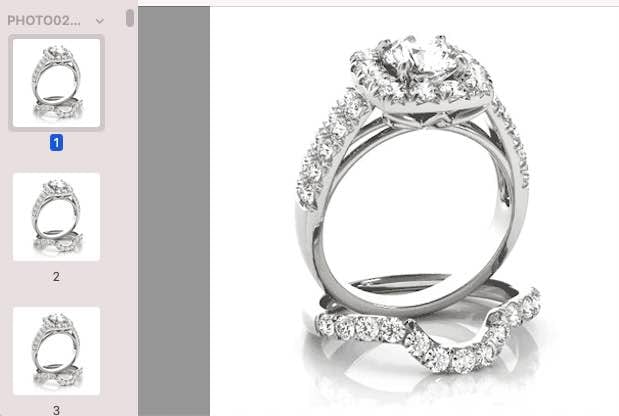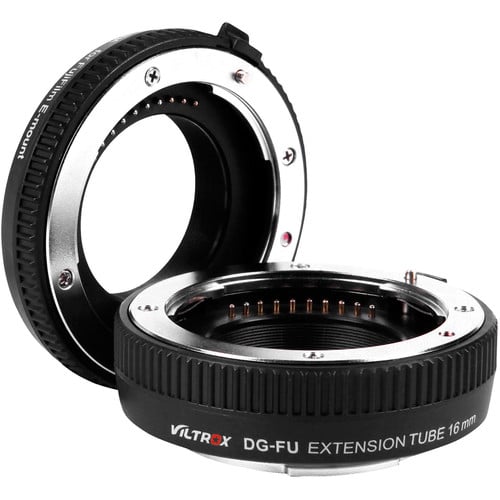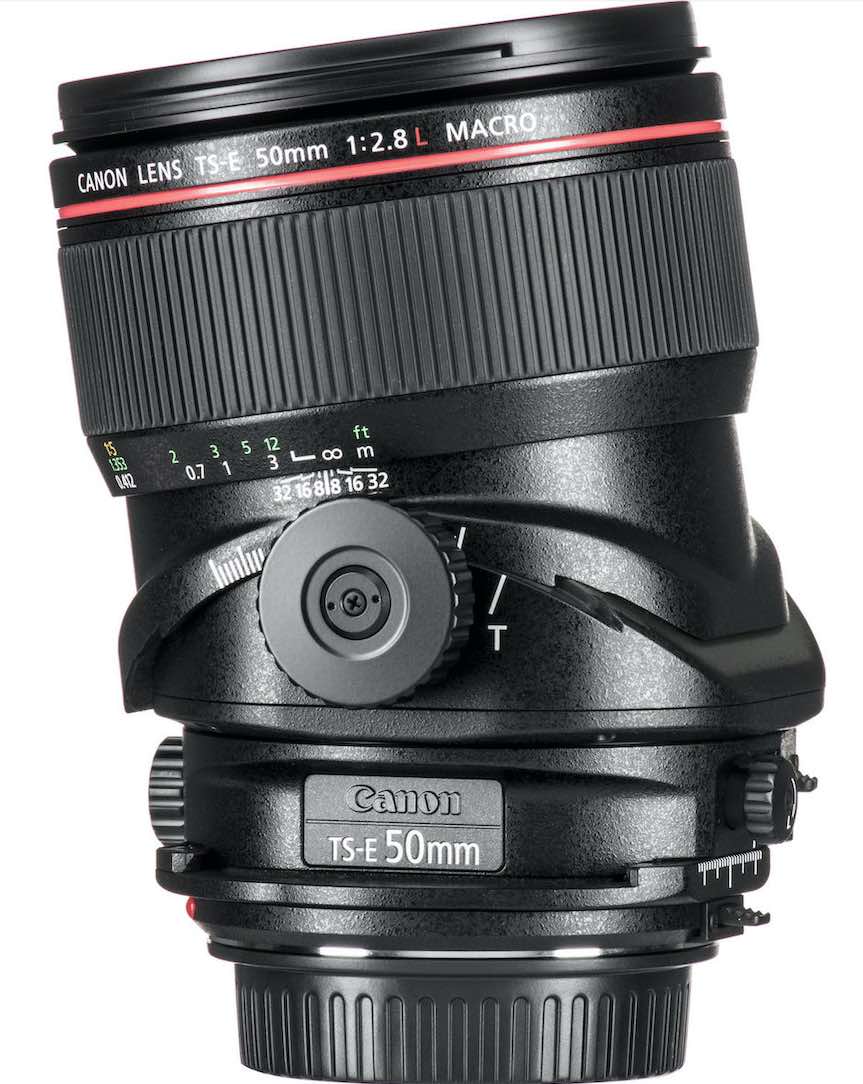The best product photos provide online shoppers with precise details of what to expect when the goods arrive. Specialized enlarged shots can help.
This is the seventh article in my series on helping online merchants improve their product photography. “Part 1†discussed the importance of backdrops. “Part 2” explained the tripods. “Part 3†examined the fundamentals of artificial lighting. “Part 4” reviewed angles and views, and “Part 5” dealt with choosing a camera. “Part 6†evaluated lenses and their importance.
In this article, I will describe the benefits of macro and tilt lenses.
Macro lenses
A macro lens acts like a magnifying glass for your camera, producing extremely sharp photos at close range. Macro lenses typically magnify at a 1: 1 ratio and can create images that are larger than the object. The downside, unfortunately, is that the focus plane is parallel to your camera’s sensor, resulting in a very narrow depth of field. But that shouldn’t matter when photographing small products.
A macro lens, like this example from Canon, acts as a magnifying glass for a camera, for very sharp photos up close. Source: B&H Photo.
Plus, even though depth of field affects the focus of your images, a process called photo stacking overlays the images and creates a unique, fully crisp version. I will explain how to do this in a future article.
My favorite macro lenses include:
360 degree photos consist of 20 to 80 shots with a macro lens from the same fixed position using stages and a variety of cameras. 360-degree images dramatically improve the online experience while increasing trust and conversions. And because they deliver unparalleled detail, 360-degree photos can remove surprises and reduce customer chargebacks.

360 degree photos consist of 20 to 80 shots with a macro lens from the same fixed position. This screenshot shows the details of multiple shots in an animated GIF. Source: Product-360.com.
Extension tubes are less expensive alternatives to macro lenses. Sometimes called “macro tubes”, extensions are hollow cylinders that fit between the body of a camera and its lens. They change the distance you can get close to a subject and thus increase the magnification. Extension tubes do not distort a shot and attach to each other to create the magnification you want with any lens.
The disadvantages of extensions are that you have to change the minimum and maximum focusing distances as well as the effective focal length and aperture. A “longer” lens will make your camera much more sensitive to shaking and allow less light to reach your sensor. Vello, Mieke, Viltrox, Kenko and Fujifilm all make quality extension tubes.

Extension tubes fit between the body of a camera and its lens. They change the distance you can get close to a subject and thus increase the magnification. Source: B&H Photo.
Toggle lenses
A tilt-shift lens is very handy for changing the focal plane of an image to maximize or minimize its depth of field. Tilting lenses allow movement of a lens up or down and side to side as needed for the perfect shot.
The tilt feature is especially useful in product photography as it allows you to focus on specific details. More importantly, a tilt-and-shift lens projects a much wider area onto your sensor than needed while producing a very sharp image, unlike traditional wide-angle lenses.
My choices for tilt-shift lenses are the Canon 50mm f / 2.8L Macro or the Canon TS-E 90mm f / 2.8. Both are quite expensive, however.

Tilting lenses, like this one from Canon, allow movement of a lens up or down and side to side. Source: B&H Photo.
Macro vs Tilt-shift?
The choice between a macro lens and a tilt-shift depends on your products and your budget. A macro lens with photo stacking is best if you need everything in focus. (Again, I’ll explain photo stacking in a future article.) For less money, use extension tubes (or even save with one of the lenses from “Part 06” and a setting larger opening).
However, if you are looking to create interesting and compelling images and are on a budget, consider investing in a tilt and shift lens.

